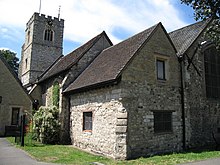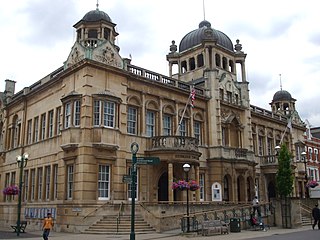
Ilford is a large town in east London, England, 9 miles (14 km) north-east of Charing Cross. Part of the London Borough of Redbridge, Ilford is within the ceremonial county of Greater London. It had a population of 168,168 in 2011, compared to 303,858 for the entire borough.
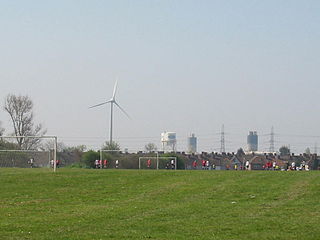
Dagenham is a town in East London, England, within the London Borough of Barking and Dagenham. Dagenham is centred 11.5 miles (18.5 km) east of Charing Cross.

Barking is a riverside town in East London, England, within the London Borough of Barking and Dagenham. It is 9.3 miles (15 km) east of Charing Cross, bordered by Ilford to the North, Dagenham to the East and East Ham, London to the West. The total population of Barking was 59,068 at the 2011 census. In addition to an extensive and fairly low-density residential area, the town centre forms a large retail and commercial district, currently a focus for regeneration. The former industrial lands to the south are being redeveloped as Barking Riverside.

Chadwell Heath is an area in East London, England. It is split between the London Borough of Barking and Dagenham and the London Borough of Redbridge, around 2 miles (3.2 km) west of Romford and 4 miles (6.4 km) east of Ilford, and 12 miles (19 km) north-east of Charing Cross.

The Church of St Margaret, Westminster Abbey is in the grounds of Westminster Abbey on Parliament Square, London, England. It is dedicated to Margaret of Antioch, and forms part of a single World Heritage Site with the Palace of Westminster and Westminster Abbey.

East London is the northeastern part of London, England, east of the ancient City of London and north of the River Thames as it begins to widen. East London developed as London's docklands and the primary industrial centre. The expansion of railways in the 19th century encouraged the eastward expansion of the East End of London and a proliferation of new suburbs. The industrial lands of East London are today an area of regeneration, which are well advanced in places such as Canary Wharf and ongoing elsewhere.

Hainault Forest was a large wooded area in the English counties of Essex and Greater London which was mostly destroyed after 1851. Popular outrage at the destruction of most of the forest was an important catalyst for the creation of the modern environmental movement.
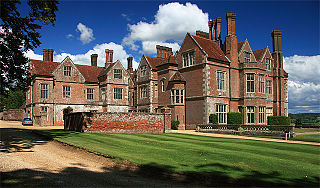
Breamore House is an Elizabethan manor house noted for its fine collection of paintings and furniture and situated NW of Breamore village, north of Fordingbridge, Hampshire, England. Though it remains in private hands, it is open to visitors from April to October.

Barking Abbey is a former royal monastery located in Barking, in the London Borough of Barking and Dagenham. It has been described as having been "one of the most important nunneries in the country".

The Diocese of Brentwood is a Latin Church diocese of the Catholic church in England. The diocese is a suffragan of the Archdiocese of Westminster.
The Bishop of Barking is an episcopal title used by an area bishop of the Church of England Diocese of Chelmsford, in the Province of Canterbury.

Hatfield Broad Oak Priory, or Hatfield Regis Priory, is a former Benedictine priory in Hatfield Broad Oak, Essex, England. Founded by 1139, it was dissolved in 1536 as part of Henry VIII's dissolution of the monasteries.

William Fanshawe was an English politician who sat in the House of Commons between 1614 and 1625.

St. Peter and St. Paul, known commonly as Dagenham Parish Church, is a Church of England parish church in the London Borough of Barking and Dagenham, England, formerly part of Essex. It is of medieval origin, largely rebuilt at the beginning of the nineteenth century.
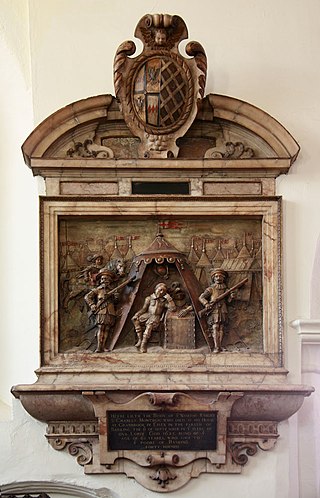
Sir Charles Montagu of Cranbrook Hall in the parish of Barking, Essex, was an English politician who sat in the House of Commons from 1614 to 1625.

The Hospital Chapel of St Mary the Virgin and St Thomas of Canterbury, Ilford, also known as Ilford Hospital Chapel is on Ilford Hill in Ilford. It is an ancient charitable foundation dating from about 1140, and is the oldest building in the London Borough of Redbridge. Since 1954 it has been protected as a Grade II* listed building under UK legislation.
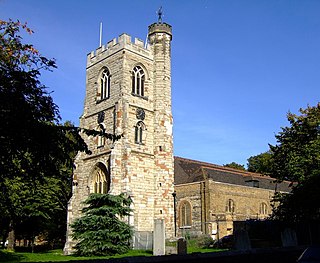
All Saints Church is a parish church in West Ham, an area in east London. It has been a Grade I listed building since 1984.

Elizabeth Cook was the wife, and, for more than 50 years, widow, of Captain James Cook.
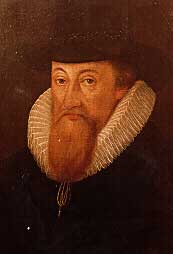
Henry Fanshawe (1506–1568) was a Member of the English Parliament during the reign of Elizabeth I. He also served as Queen's Remembrancer from 1565 to his death in 1568. Valence House Museum has a portrait of him that was donated by Aubrey Fanshawe.
